
The designation and subsequent empowerment of an Insolvency Professional (IP) within the framework of a Corporate Debtor entail an array of responsibilities primarily focused on the effective management of the corporate entity.

To enroll as an Insolvency Professional an individual has to qualify the eligibility criteria set under insolvency and bankruptcy code, 2016.
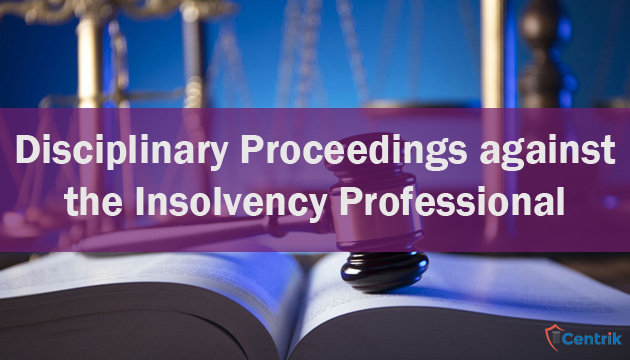
Any aggrieved person can take a legal action against the Insolvency Professional who contravenes any of the provisions of the Code or violates or deviates from the professional duty entrusted upon him/her.
The Ministry of Corporate Affairs had set-up a working group consisting of practitioners and experts for making recommendation for drafting regulations in respect of registration and regulations of Insolvency and Insolvency professionals and Insolvency professional agencies envisaged under the code. The following regulations have been drafted and made available on the Ministry’s website: (1) Insolvency … Continue reading “Recommendations for Insolvency, Insolvency professionals and Insolvency professional agencies”
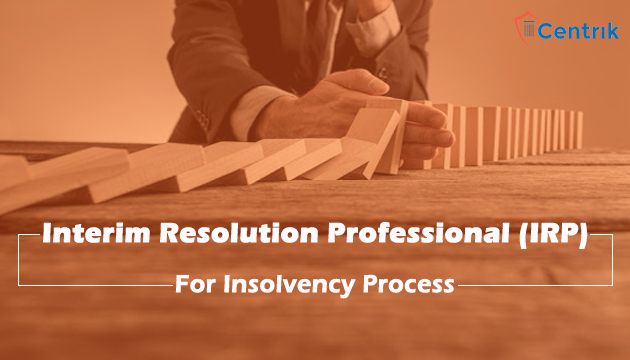
an Insolvency Professional having all the aforementioned requirements may be chosen as An IRP for the corporate debtor. However it may have an advantage over other IRP if the person had already dealt in that specific industry being an RP/IRP.

The IBC has clearly outlined the powers and duties of the resolution professional that he can exercise during the insolvency resolution process
Securities and Exchange Board of India (SEBI) is working on the guidelines for insolvency resolution professionals under the capital market norms so the recently introduced Bankruptcy & Insolvency Code is implemented better. The new guidelines will be issued this year. Source: Times of India
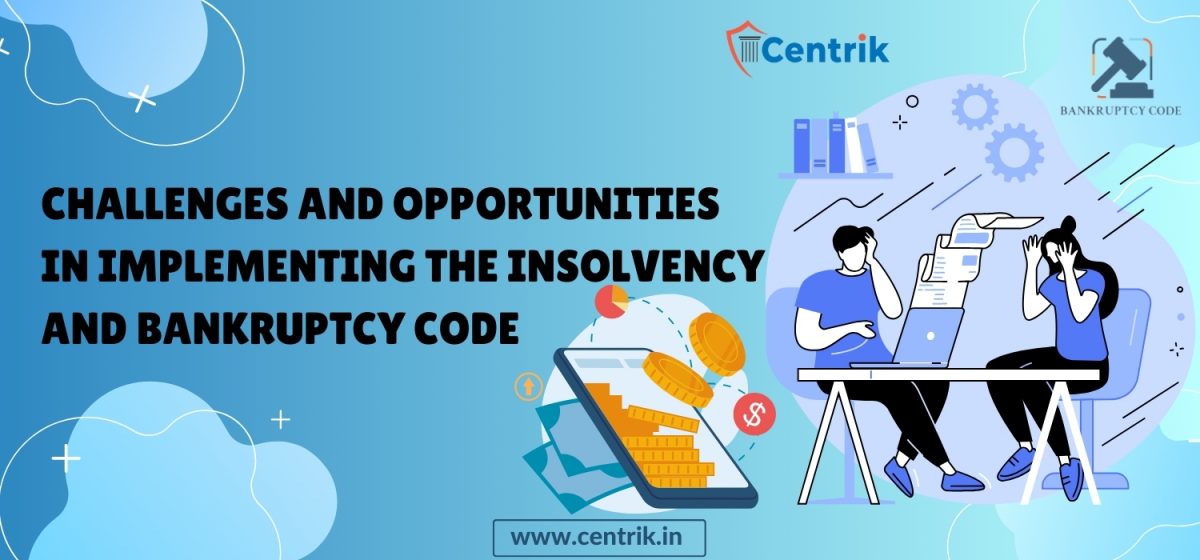
The Insolvency and Bankruptcy Code, 2016 (IBC) marks a significant milestone in the realm of insolvency and bankruptcy resolution in India. With its passage by Parliament and Presidential assent on May 28, 2016, the IBC revolutionized the legal framework surrounding insolvency and bankruptcy.
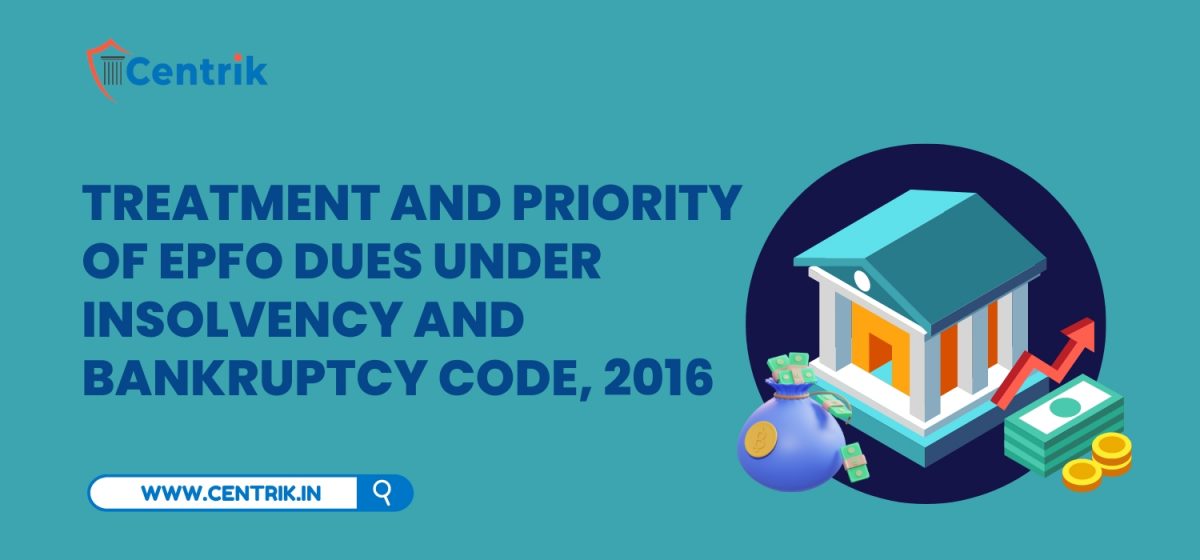
The provisions Insolvency and Bankruptcy Code, 2016 specifically provides for treatment for all sums due to any workman or employee from the provident fund

Interim Finance is defined under Section 5 (15) of the IBC, 2016 which means

Asset attachment by the Enforcement Directorate (ED) under the Prevention of Money Laundering Act (PMLA) is critical in combating money laundering and criminal activities.
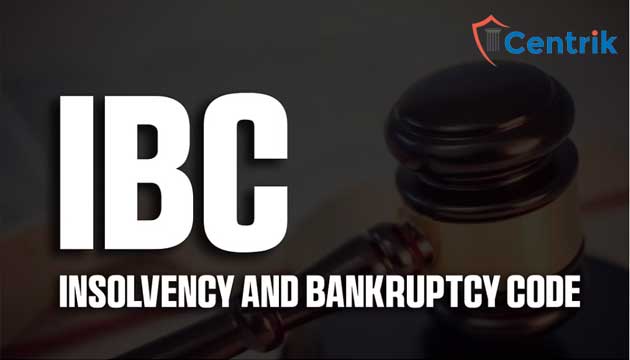
Main reasons for the delay is the spate of litigations by the promoters. Once the CIRP order is passed, the promoters get into the action with the sole objective of getting back the company at a cheaper price.

The government has introduced the pre-packaged insolvency resolution process (PPIRP) for MSMEs, which allows them to initiate an insolvency process with the approval of two-thirds of their creditors.

Being the least expensive and less time-consuming, Mediation is popular ADR in India. The mediator plays the role of a neutral party who helps the parties to have direct communication and assists in exploring the options and a mutually accepted agreement.

the Resolution Professional could have included their claims as liabilities to the Corporate Debtor in the Information Memorandum created in accordance with Regulation 36 of the Corporate Insolvency Resolution Process (CIRP) Regulations.














 join For Updates
join For Updates